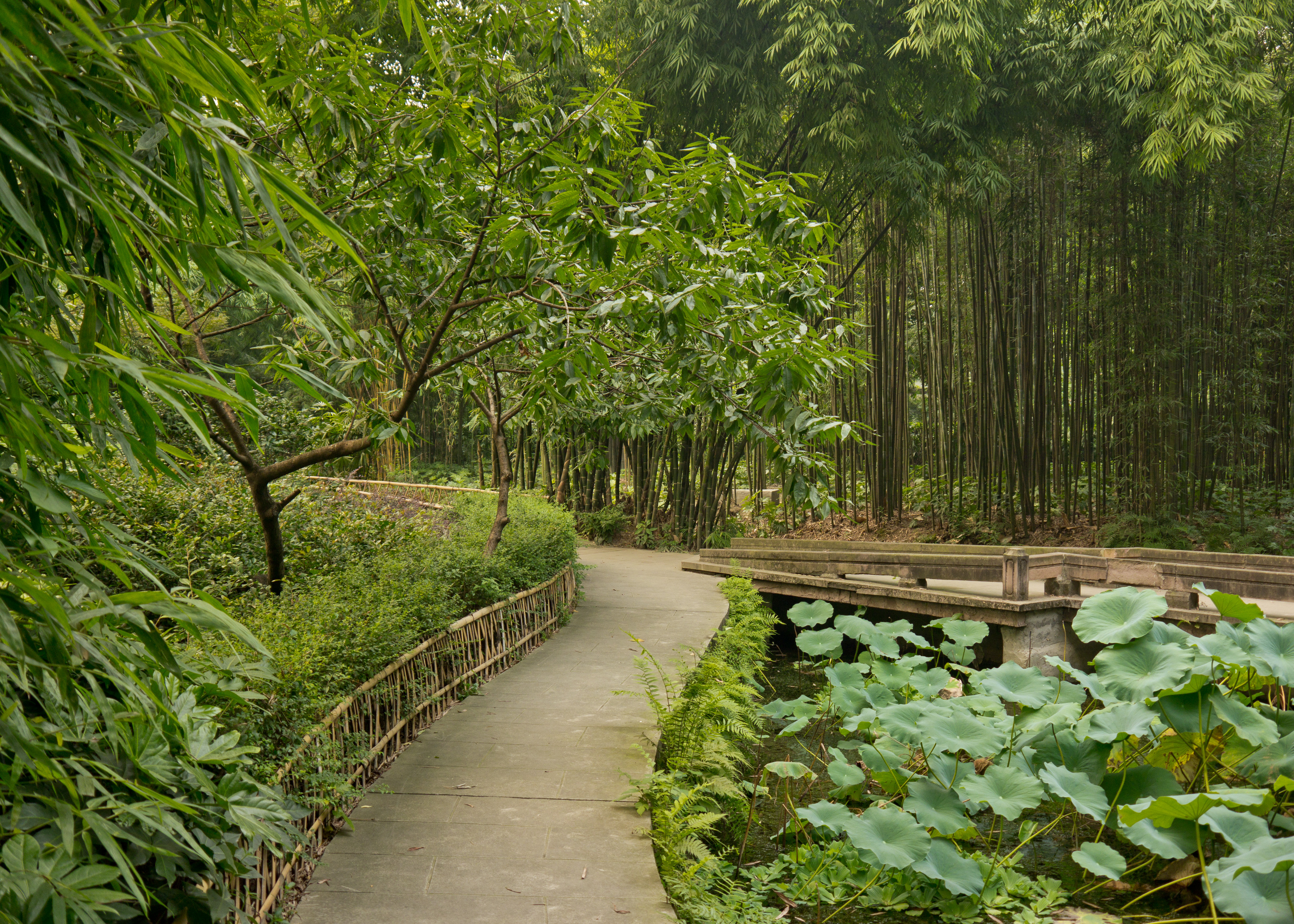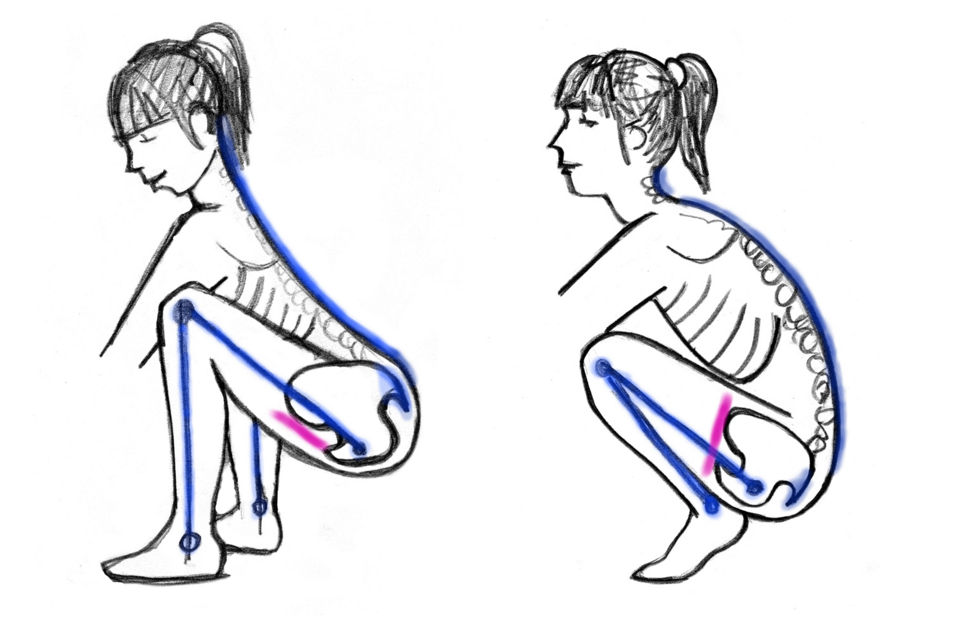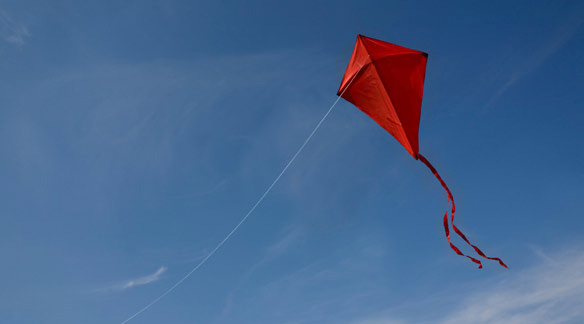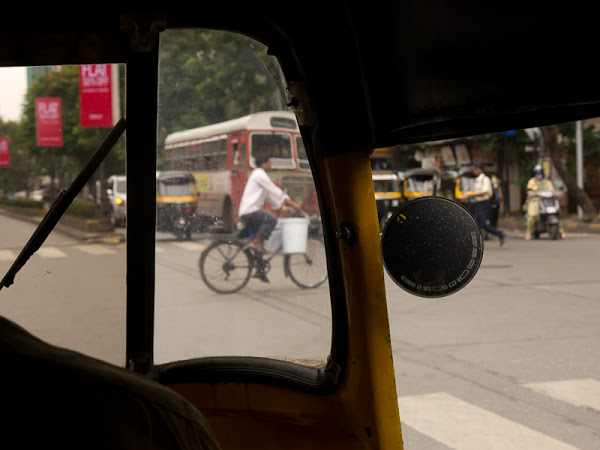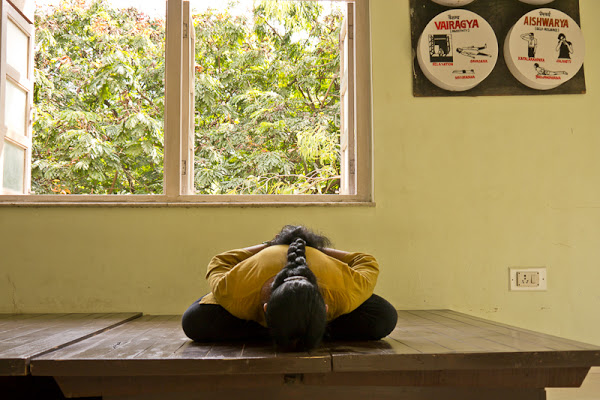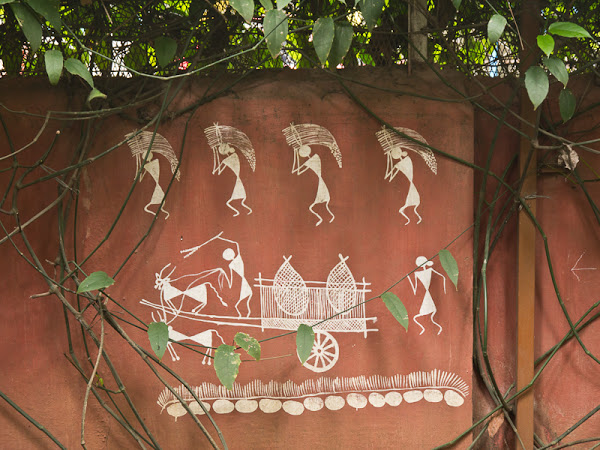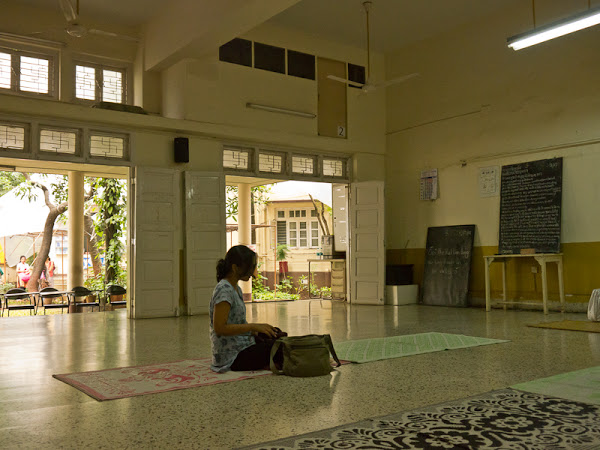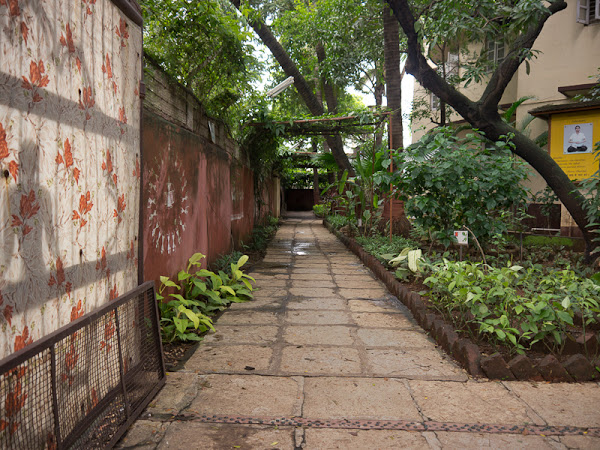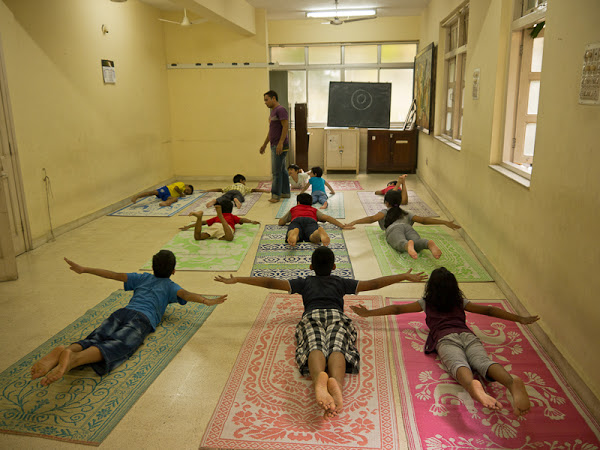Once the motivation is there, you really don’t need much to start your meditation practice, just a couple of minutes every day when you won’t be distracted and a comfortable position in which the body won’t complain.
Maybe the easiest type of meditation to start with would be mindfulness meditation, which is basically sitting still and watching your breath for a couple of moments.
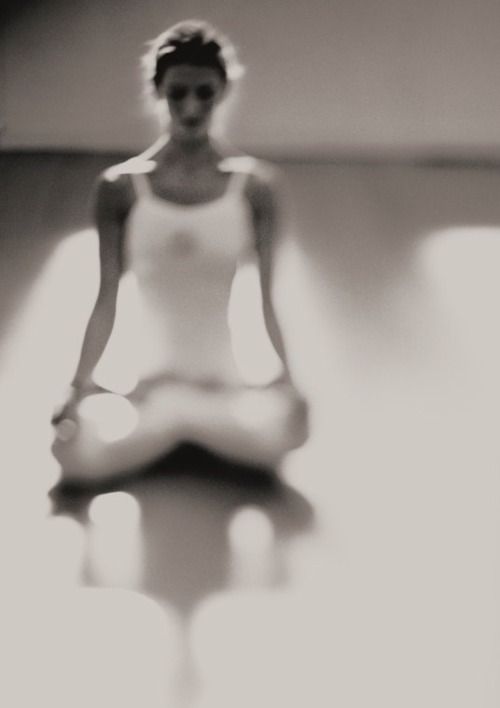
Pick time and place for your practice
You might choose to dedicate a special corner of your home to meditation, trying to associate this place with the attitude of quietude and introspection. However, once you get comfortable with the technique you can meditate anywhere else too - on the public transport commuting to work, sitting on a park bench (my favourite one in summer) or in the office when you want to clear your mind in between meetings.
Meditation itself doesn’t require any special time, but it’s easier to develop a habit if you practise always at the same time, even for only 10 minutes. You can gradually extend the time to 15, 20 and 30 min a day. But try to sit every day to meditate, even for just 5 minutes on really busy days. Remember the old Roman saying nulla dies sine linea - no day without drawing at least a line, even sitting still for just a couple of minutes counts!
I personally find it the easiest to meditate straight after waking up in the morning, when the mind is still in the quitter, night mode, and before jumping on the to-do-list for the day. However, any other time should be fine too, as long as you stick to it. You can tie your practice to a certain time or an activity (something like: straight after brushing teeth in the evening), which both help to condition the mind to be “in the mood” for the practice.
Oh, and it’s quite useful, especially in the beginning, to set the timer for ending the practice. Pick some gentle, unobtrusive sound if you can, so your heart doesn’t skip the beat when woken up from the silence.
Choose the right position
It’s really important to find a comfortable position, so you can maintain stillness without worrying too much about the body. However you shouldn’t be as comfortable as to fall asleep. Meditation is not the same as relaxation. In relaxation we just release the mind, allow it to relax with the body. In meditation the mind stays alert maintaining a sort of relaxed focus. So, find a position which is steady and comfortable for the body, yet allowing you to stay awake and alert.
If you are a beginner, you can simply sit on a hard chair with your back supported (to avoid slouching) and feet touching the floor. If you want you can also sit cross-legged on the floor with the back upright. If the hips feel a bit tight and the lower back is rounding it might be a good idea to sit on a cushion or two. Once the knees are lower than the hips and you don’t need to constantly fight the gravity as it pulls the knees towards the floor, you might find the cross-legged position really comfortable. You can also kneel, sitting on a couple of cushions with a blanket under the knees or find any another sustainable upright position. I really wouldn’t recommend lying down, it would be just too easy to fall asleep.
So you’ve found a comfortable position and settled and we can start.
1. Become aware of your surroundings
Take a moment to take in everything that your senses are bringing from your environment at this very moment.
You might even keep your eyes open to start with. We are generally very visual beings and it’s probably what you see that will attract your attention first. So let it be. Eyes relaxed, nice soft gaze forward. Take a moment to notice everything in your field of vision without getting involved into thinking about it.
And now we can gently close the eyes, letting the rest of the senses get their spotlight too. Notice any sounds from the outside and inside the room and even the sounds of your own body, breath, digestion, heartbeat. Notice the weight of the body on the floor, the sensation of touch and then all the other information coming from the senses - heat or cold, any smells or a lingering taste in the mouth.
So this is what surrounds you at this very moment. And now we can try to go deeper, looking inwards.
2. Check in with the body
Take a moment to become aware how your body is feeling right now. The easiest way to do this is to do a quick “scan”, moving the mind slowly from head to toe as if scanning through. Take a moment to notice how each body part feels as if touching it in your thoughts. At the beginning it might be difficult to do it without an actual movement. So do wiggle your toes if you need to. Every next time it will be easier to just think of a body part and feel it as if being touched, it’s just a matter of practice.
Try not to stay too long at any body part, whatever you find there. The whole body scan doesn’t need to last more than 20-30 seconds, just gently move awareness through without getting into thinking and analysing what you find. If the mind gets distracted, no worries, gently bring it back to which ever part of the body you last remember and continue from there.
And now we are ready to dive deper in.
3. Find the breath
Take a moment to listen to your breath as it is. Observe how the body is breathing right now, without interfering in any way. Notice the depth and quality and maybe any tightness in the breath. How does it feel like to inhale? How does the exhalation feel like? Notice the little pause after the inhalation as the breath gently turns to flow out of the body and the moment of rest after the exhalation, before you take a new breath in. Notice how each breath is slightly different, yet following the same rhythm. Allow yourself to stay still and just watch with curiosity as if observing someone else’s breathing. Simply let each breath happen.
4. Stay with the breath
And now the main trick - stay focused on the breath, as everything else keeps moving and changing. Just let the mind rest on the rhythm of your breathing as it is - right now, at this very moment. This could be a bit difficult in the beginning, so you might prefer to count the breaths. You can count both inhalations and exhalations, so none of them passes unnoticed. This is a great focus exercise and sooner than you think you will find that you can keep the mind on each breath even without counting.
As you stay still watching the breath, let the mind unfold thoughts but try to not get involved. Just step back and watch them as if being projected on a screen. Sometimes these will be your to-do-lists creeping in, thousands of things that you need to finish and problems that need to be solved. Or maybe sometimes you can have memories coming up, people, places and emotions. Don’t judge them, don’t try to stop them. No effort at all. Just let them happen, staying open as they roll through you and pass away. If the mind runs away be patient and bring it gently back to the rhythm of the breath.
Stay with the breath. And eventually the mind gets tired of thinking and just eases into the rhythm of your breathing. And sometimes it feels like the warm comforting silence has become louder than your thoughts, making them sound like soothing background noise. Just let the mind rest, letting go of any effort. Stay still and watch thoughs as they simply roll through and disolve into silence.
5. Release the focus
As we are approaching the very end of the meditation, take a moment to release any focus, even on the breath. For some 10-15 seconds let the mind do whatever it wants to do. Allow the mind to be completely free - to think, if it feels like thinking, or simply relax into the silence.
As the timer starts gently waking you up, take a moment to become aware of the body again and reconnect with your immediate surroundings. Notice all the sensations coming from the body, your weight on the floor, sounds, smells, tastes. And finally, when you feel ready, open your eyes.
So, this was all.
There are also a few really nice web and mobile apps that can help you start and stick to your practice, especially if you like to have some guidance at the beginning. Check out Headspace or Buddhify for example. They have some really nice ideas for meditations on the go too, just pop in your earphones and you can meditate anywhere.
And now the trick is to keep practising. Remember, nulla dies sine linea! ;)
